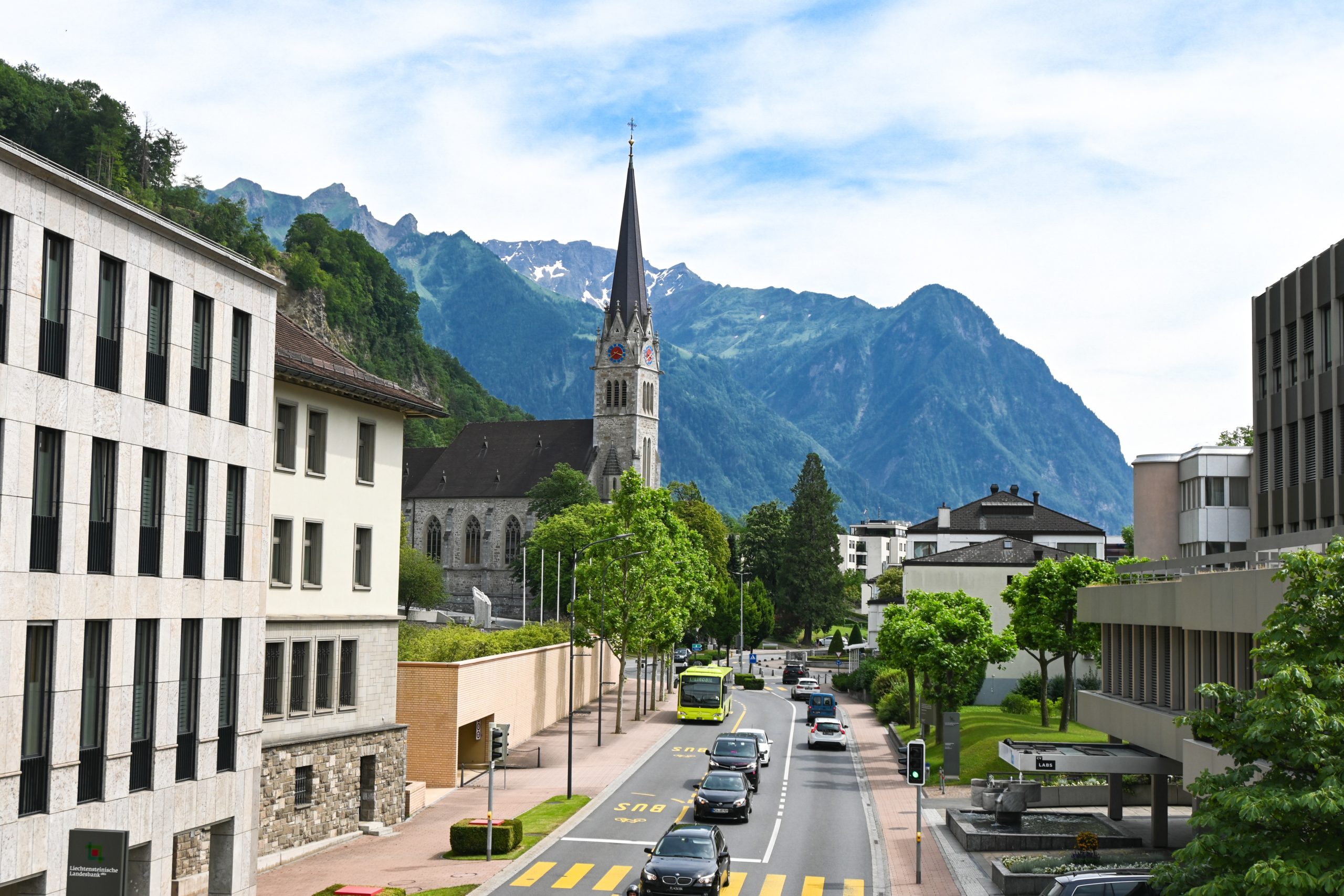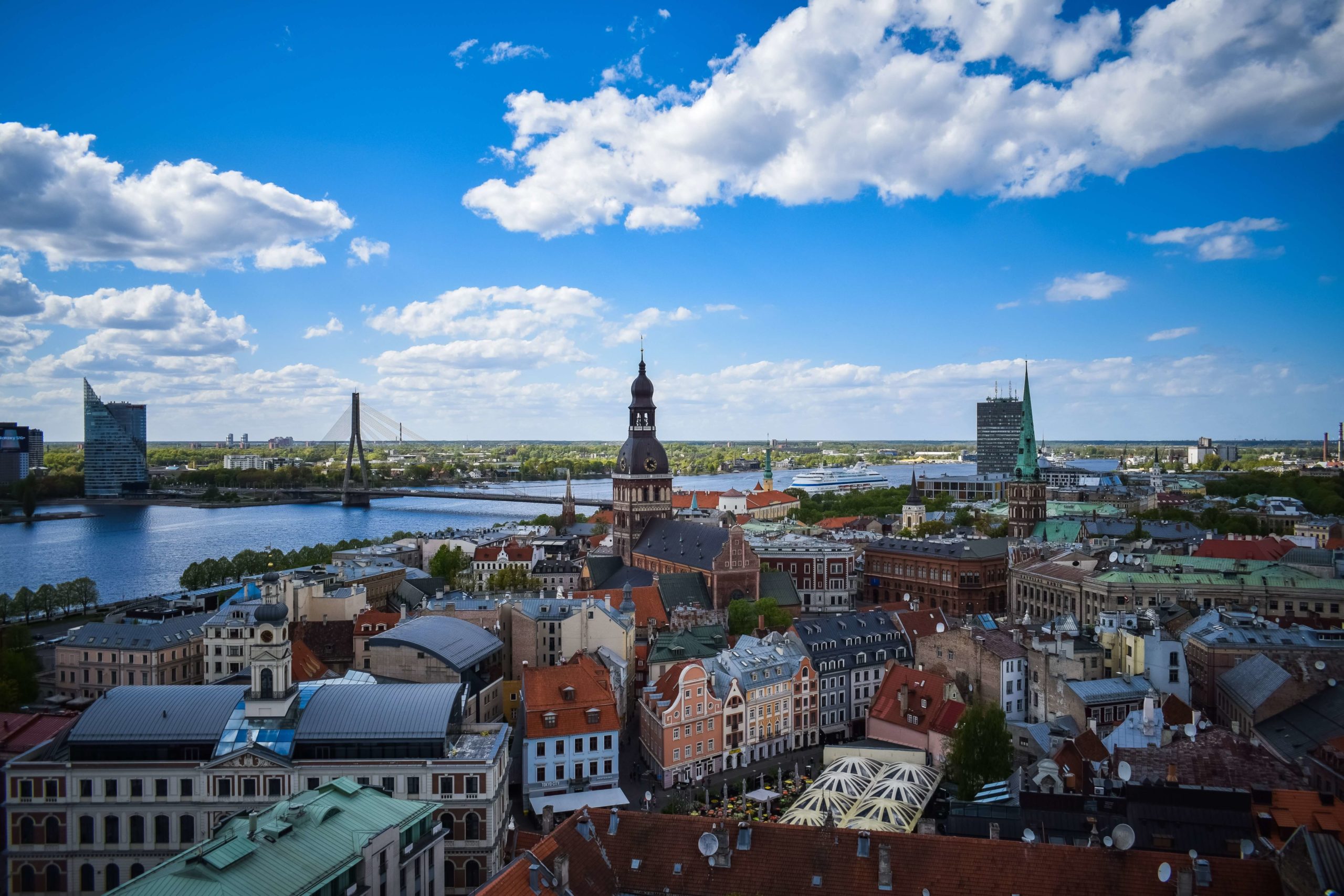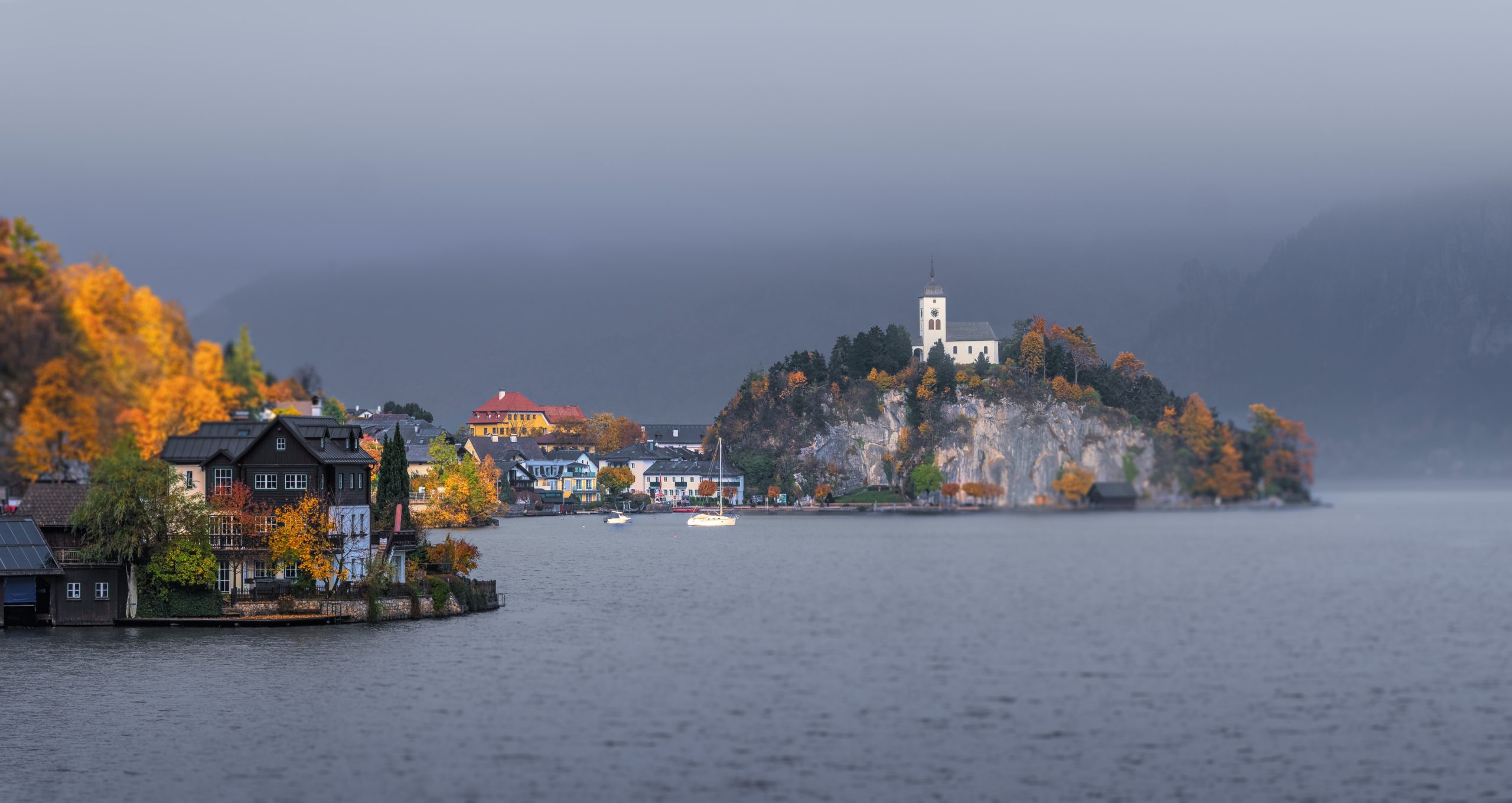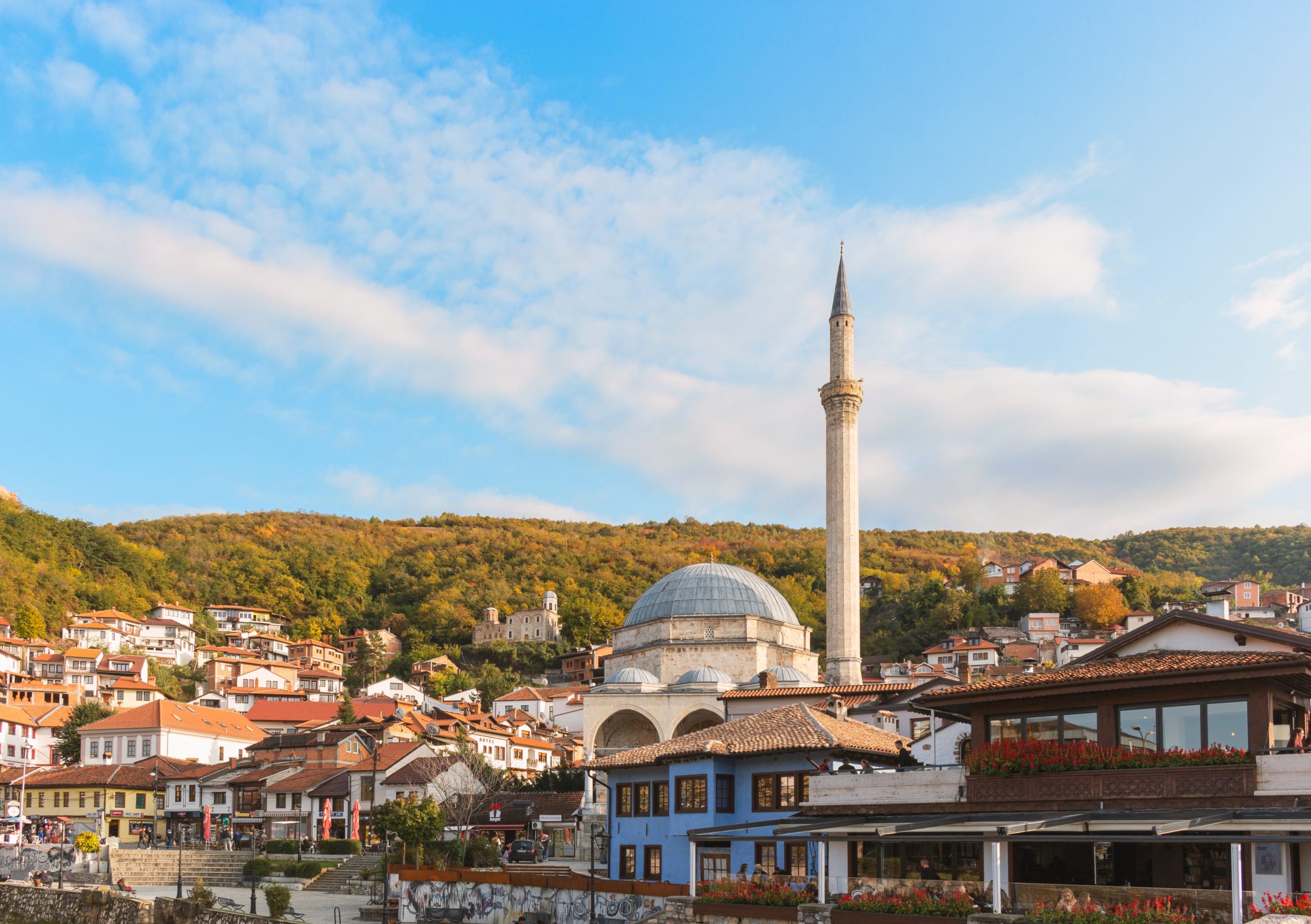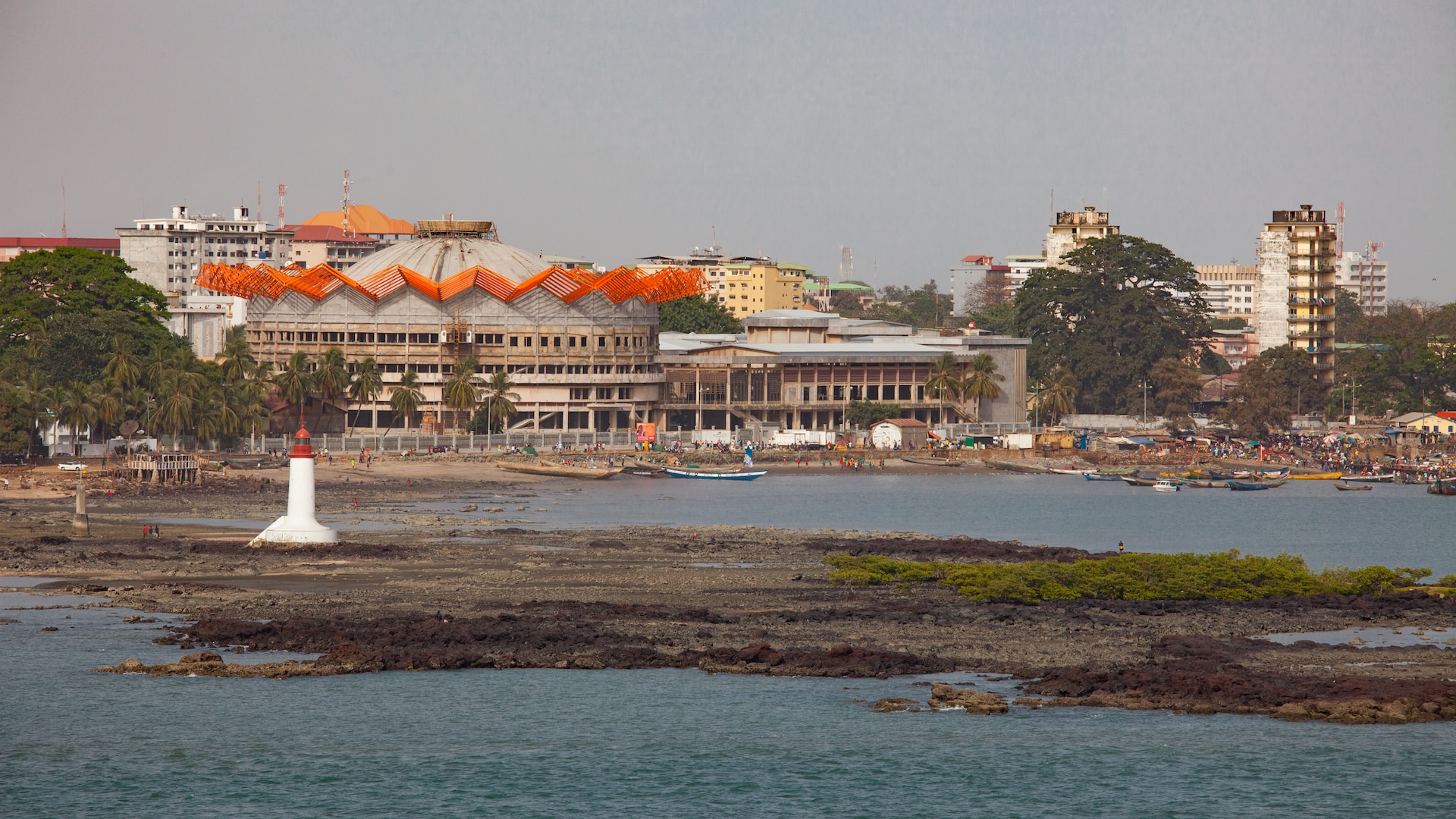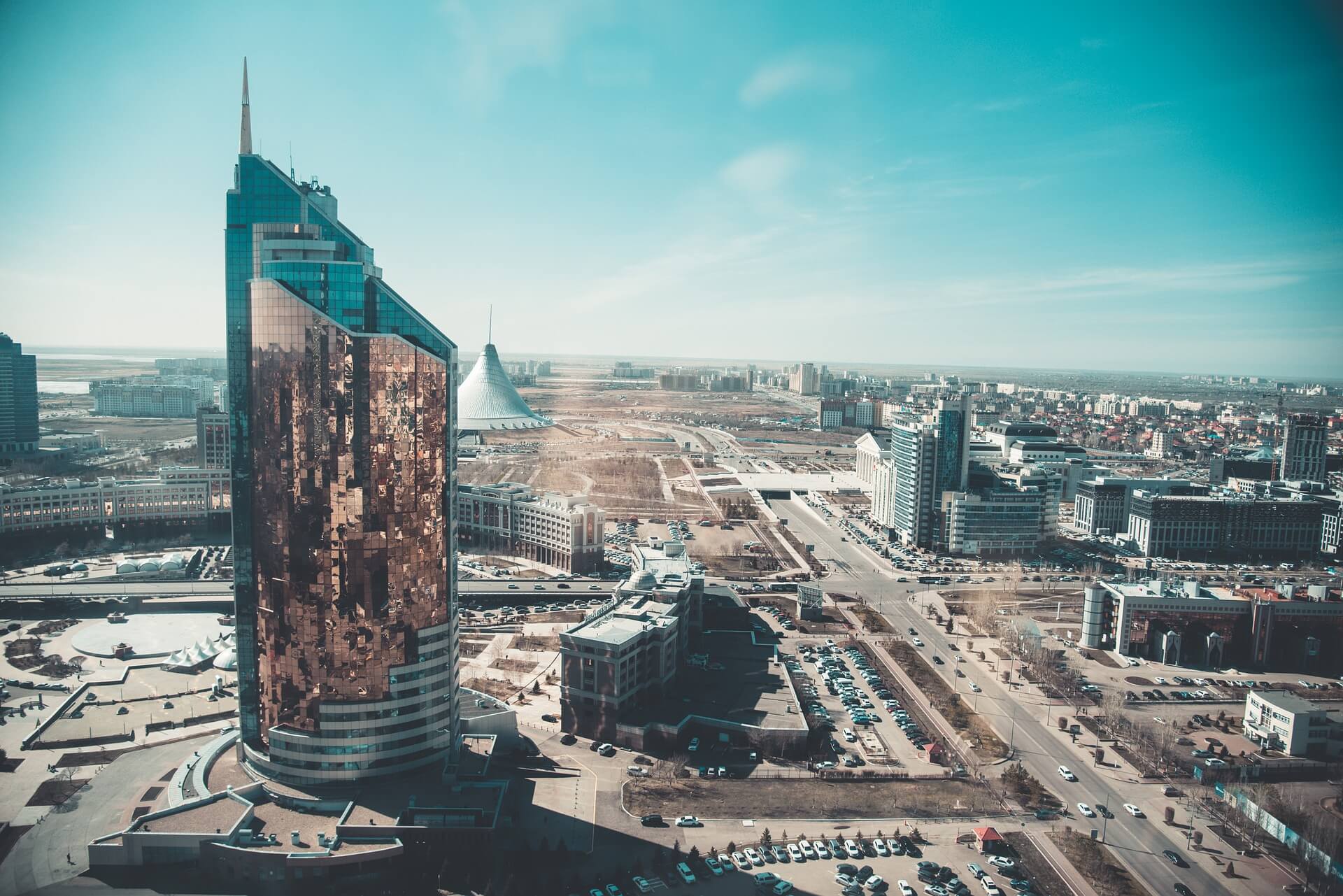Mongolia is an agro-industrial country. Mongolia currently trades with more than 80 countries around the world. The trade turnover is over 2 billion US dollars. Before the 1990s, 90% of Mongolia’s foreign trade was trading with the USSR, today more than 40% is trade with the Russian Federation and the People’s Republic of China, and the rest is trade with such highly developed countries as Japan, the USA, South Korea. Switzerland.

Although more people live in cities, Mongolia’s economy is still concentrated in industries such as agriculture and mining. Mineral supplies such as copper, coal, molybdenum, tin, tungsten, and gold make up an important part of the country’s industrial production.
In the period from 1924 to 1991. The Mongolian People’s Republic received major financial and economic assistance from the USSR. This aid peaks at one-third of its GDP. In the early 1990s and in the next decade, Mongolia’s economy experienced a severe recession followed by stagnation. Extensive dryness in the summer and winter of 2001 and 2002 had a serious impact on agriculture and led to a notable slowdown in the country’s GDP growth. Mongolia has a high inflation rate. The global financial crisis has caused a recession in many industries that are dependent on exports and investment from abroad.
Entering the Mongolian market
Mongolia is the most mysterious country located in Northeast Asia and bordering Russia and China. Mongolia does not have an entrance to the sea. The capital is the city of Ulaanbaatar, which is located in the central part of the country.
The official language is Mongolian. It is spoken by 95% of the country’s population. In the west – about 5% of the population speaks Kazakh.
Mongolia is home to about 3.2 million people, of which almost 60% of the population is under the age of 30. These are the country’s young labor resources, which will create, their consumer habits and strive for everything innovative and technological.
The country has a favorable business environment aimed at attracting foreign direct investment and developing international trade. The government provides generous incentives and has an open policy in this direction.
While the Central and Eastern parts of Mongolia are relatively well explored, the Western part of the country is undeveloped, which has great potential for new deposits. It is noteworthy that about 68% of foreign direct investment is directed specifically to the mining sector. The country has rich deposits of gold, copper, and coal.
Renewable energy sources are a priority industry. The country has abundant solar and wind energy resources, as well as hydro-technical capabilities. The direction is interested in attracting foreign advanced experience and introducing the latest technologies.
The Mongolian market is diversified and growing. Mongolia is one of the world’s leading producers of quality cashmere with a large mineral base and thriving telecommunications and IT sector. A special advantage is a proximity to the two largest markets – Russia and China.
After China, Mongolia’s leading import partner is Russia. Mongolia ranks 53rd in trade, 41st in exports, and 100th in imports. In monetary terms, the total trade turnover between the countries reaches $ 1,768.2 million.
Russia sends to Mongolia fuel, ferrous metals and products from them, computers and machinery, equipment, railway equipment, grain, oilseeds, fertilizers, electrical devices, communication equipment, oils and fats, flour products, cocoa, sugar, dairy products, eggs, honey, glass and glass products, pharmaceutical products.
Mongolia also imports from other countries plastics and plastic products, optics, instruments, medical equipment, rubber and rubber products, furniture, lighting equipment, various food products, and automotive equipment.
Even though the Mongolian market remains a mystery to many, it is still a promising direction for foreign exports.
